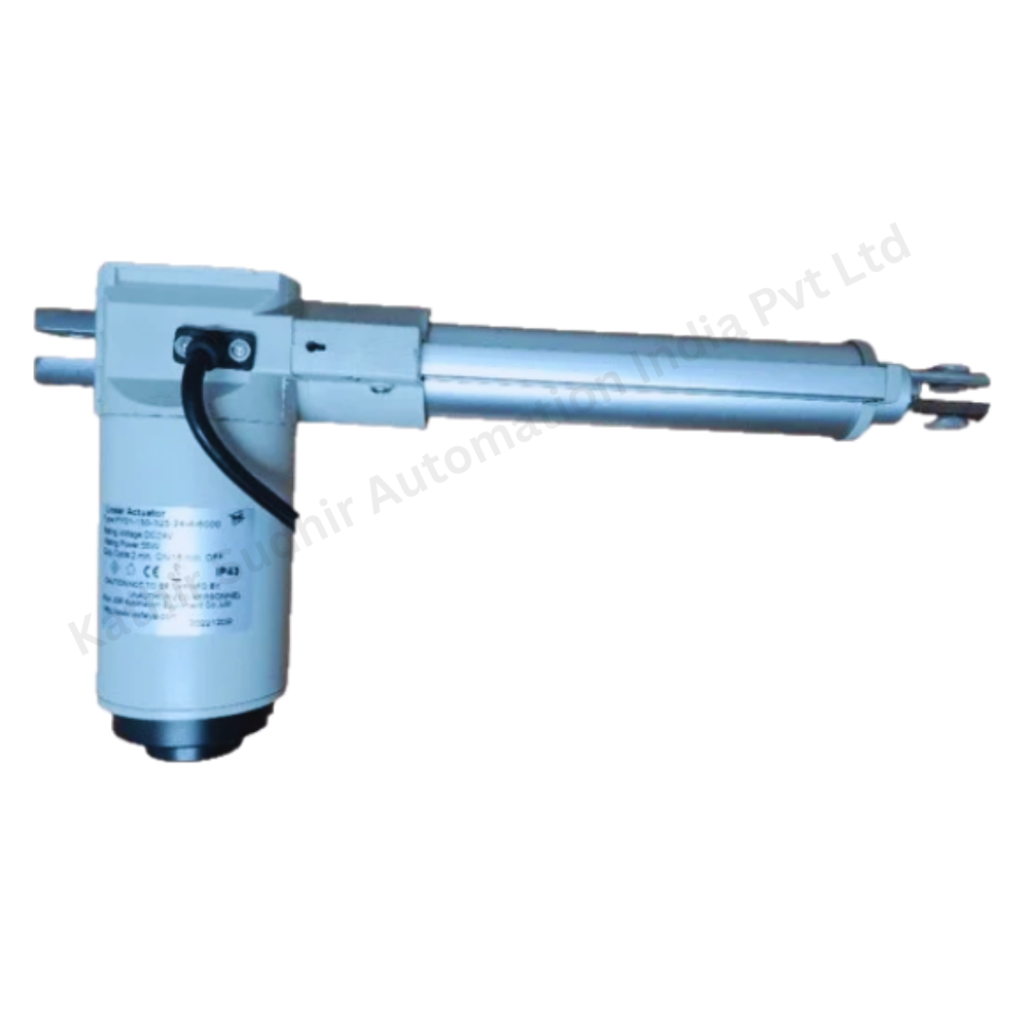Introduction: In the fast-paced world of automation and technological advancement, electric linear actuators have emerged as indispensable components, driving precision and efficiency in various applications. These silent workhorses play a crucial role in transforming electrical energy into controlled linear motion. In this blog, we will delve into the dynamics of electric linear actuators, unraveling the mechanisms, applications, and key benefits that make them an integral part of modern engineering.

- The Basics of Electric Linear Actuators: Electric linear actuators, at their core, are devices designed to convert electrical energy into linear motion. Unlike their hydraulic or pneumatic counterparts, these actuators operate using electric motors to drive mechanical components, offering precise control over movement. Understanding the basic components, such as the motor, gearing system, and lead screw, provides insight into their dynamic capabilities.
- Mechanisms at Work: The heart of electric linear actuators lies in their intricate mechanisms that enable controlled and predictable motion. Whether it’s a ball screw, lead screw, or belt-driven system, each mechanism has its unique advantages and applications. Exploring these mechanisms helps engineers and enthusiasts choose the most suitable option based on their specific requirements for speed, precision, and force.
- Applications Across Industries: Electric linear actuators find applications across a spectrum of industries, from manufacturing and robotics to healthcare and aerospace. Their ability to deliver precise and repeatable linear motion makes them ideal for tasks such as positioning, lifting, pushing, and pulling. Real-world examples showcase how these actuators contribute to increased automation, efficiency, and safety in diverse fields.
- Advantages Over Traditional Actuators: Compared to traditional hydraulic or pneumatic actuators, electric linear actuators offer several advantages. They are cleaner, more energy-efficient, and require less maintenance. Their programmable nature allows for easy integration into automated systems, enhancing overall operational efficiency.
- Enhancing Control and Feedback: One of the key dynamics of electric linear actuators is the level of control they provide. Integrated control systems, sensors, and feedback mechanisms enable precise positioning and motion control. This not only ensures accuracy but also opens the door to advanced applications, such as closed-loop control and synchronization.
- Addressing Challenges and Innovations: Despite their many benefits, electric linear actuators face challenges like friction, wear, and heat generation. Ongoing innovations aim to address these challenges, with advancements in materials, lubrication, and design. Understanding these challenges and the latest breakthroughs in technology provides a glimpse into the evolving landscape of electric linear actuation.
- The Future of Linear Motion: As technology continues to advance, the future of electric linear actuators holds exciting possibilities. Integrations with smart systems, artificial intelligence, and Industry 4.0 concepts promise even greater levels of automation, efficiency, and adaptability. Exploring these future trends sheds light on the evolving role of electric linear actuators in shaping the industries of tomorrow.
Conclusion: In conclusion, understanding the dynamics of electric linear actuators is crucial for anyone involved in the fields of engineering, automation, or robotics. From their fundamental mechanisms to their diverse applications and ongoing innovations, electric linear actuators represent a cornerstone in the pursuit of precision and efficiency. As we navigate the ever-evolving landscape of technology, these silent giants continue to play a pivotal role in driving progress.
